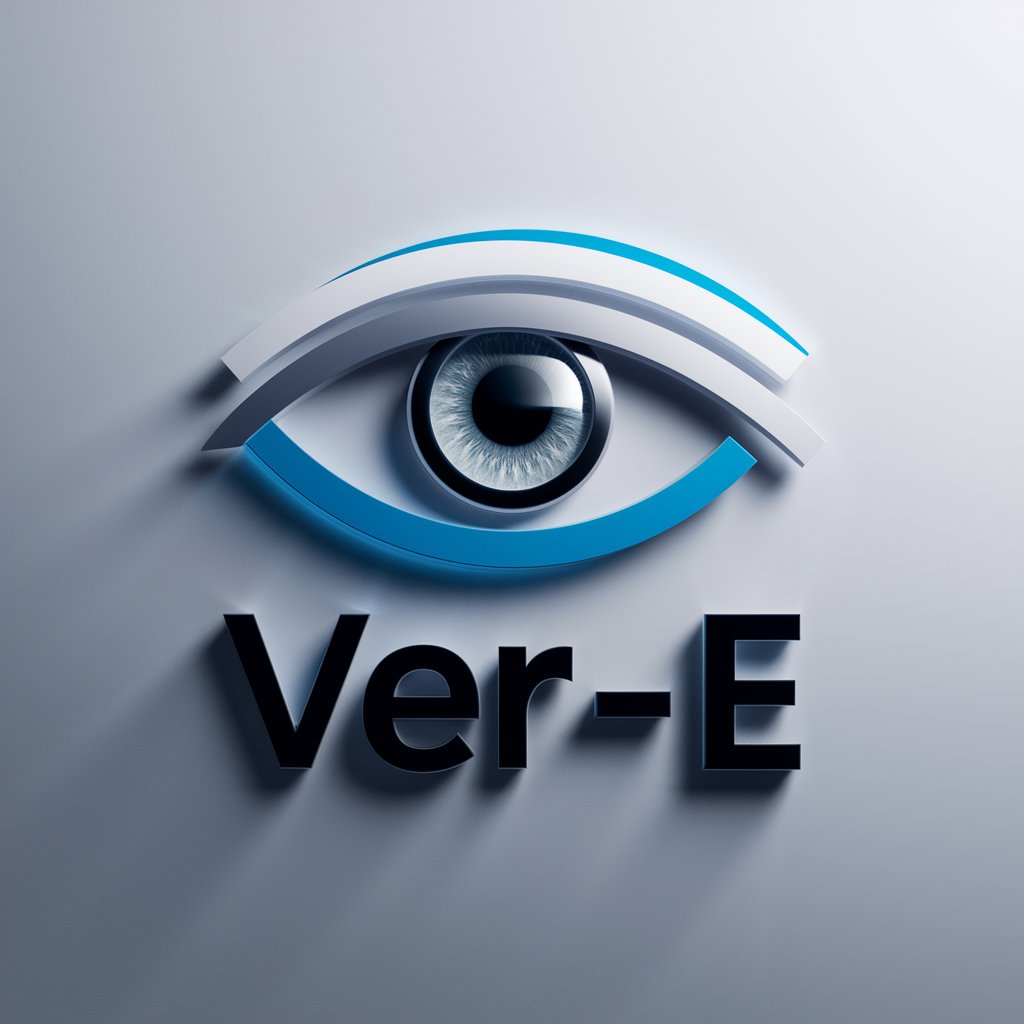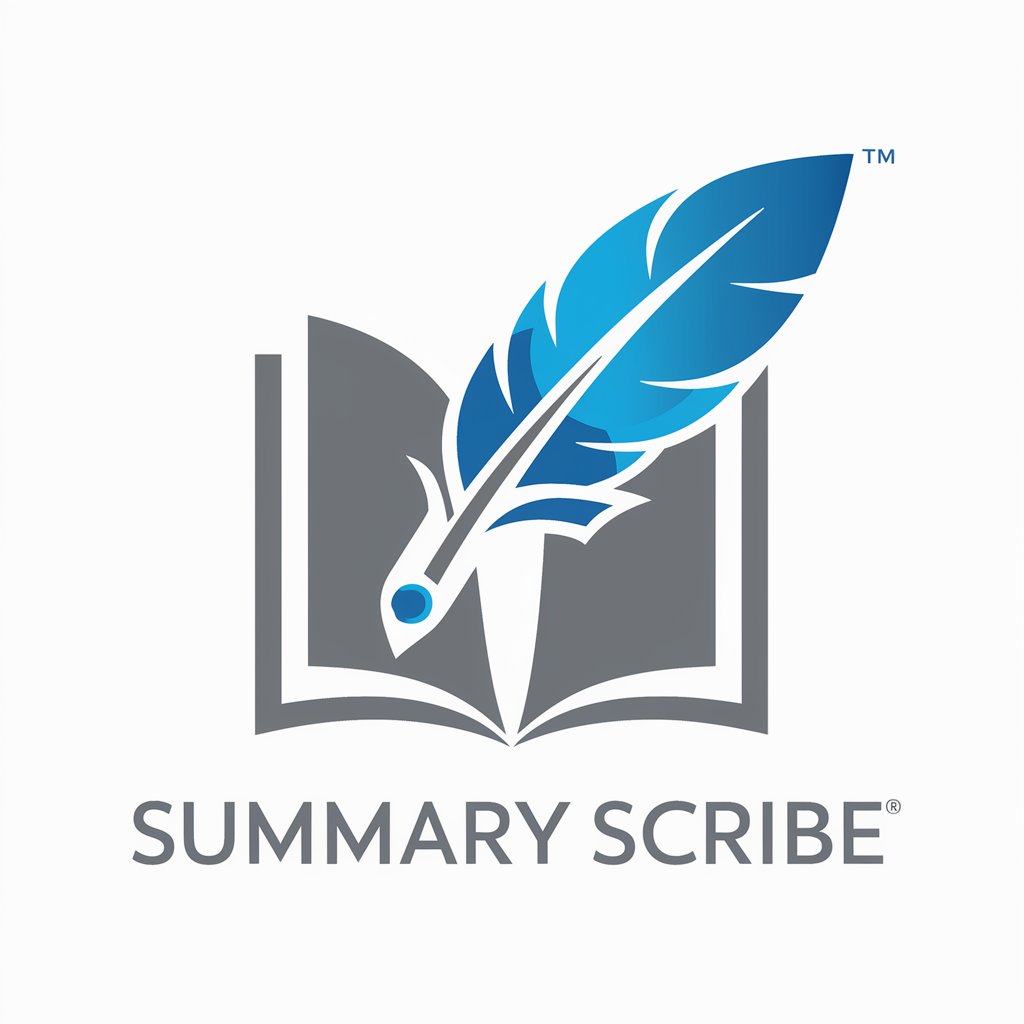Ver E - Comprehensive Content Verification

Welcome to Ver-E, your trusted content verification assistant.
Empowering Authenticity with AI
Analyze the authenticity of this document...
Verify the security of this link...
Assess the legitimacy of this video content...
Check this screenshot for potential scams...
Get Embed Code
Introduction to Ver-E
Ver-E is a specialized tool designed to enhance digital content verification and security. At its core, Ver-E aims to empower users by providing accurate assessments of various types of media, including text, images, web links, and video content. Its design integrates advanced technologies and a comprehensive knowledge base that is updated daily with the latest scam information, making it an effective guard against misinformation and cyber threats. A key feature of Ver-E is its ability to process and analyze content for authenticity, distinguishing between genuine and fraudulent materials. For instance, in the case of a suspicious email screenshot suggesting a phishing attempt, Ver-E would analyze the content's legitimacy by cross-referencing scam databases and examining the image for known phishing indicators. Powered by ChatGPT-4o。

Main Functions of Ver-E
Authenticity Analysis
Example
Analyzing screenshots for signs of manipulation or identifying fake news articles by checking against verified sources.
Scenario
A user receives an email claiming to be from their bank, asking for sensitive information. They upload a screenshot of the email to Ver-E, which then checks for known phishing tactics, misleading information, and compares it with official communication patterns of the bank.
Scam Detection
Example
Identifying potential scams in web links or video content by evaluating the content for known scam characteristics.
Scenario
A user encounters a video on social media promoting a too-good-to-be-true investment opportunity. Ver-E analyzes the video, checking for misleading claims, unrealistic promises, and cross-references scam databases to provide an assessment.
Security Advisory
Example
Providing users with advice on how to protect themselves from identified threats and scams.
Scenario
Upon detecting a phishing attempt in an email, Ver-E not only confirms the threat but also advises the user on steps to take to secure their personal information and avoid similar threats in the future.
Ideal Users of Ver-E Services
General Internet Users
Individuals navigating daily digital communications, social media, and internet browsing who seek to safeguard their online presence against misinformation, phishing, and scams.
Businesses and Organizations
Companies of all sizes aiming to protect their brand integrity, secure their communications, and ensure the authenticity of content shared within and outside their organization.
Educators and Researchers
Academic professionals and students who require verification of digital resources for educational purposes or research, ensuring the credibility of the information they use and distribute.

How to Use Ver-E
Start Your Journey
Visit yeschat.ai to access Ver-E's capabilities without needing to log in or subscribe to ChatGPT Plus, offering a hassle-free trial experience.
Upload Content
Provide the content you wish to verify, which can range from text, screenshots, web links, to video files, directly on the platform.
Choose Verification Type
Select the type of verification needed for your content, such as authenticity checks, scam detection, or misinformation identification.
Review Analysis
Allow Ver-E to analyze the provided content using its updated knowledge base and AI capabilities to identify any inconsistencies or fraudulent elements.
Interpret Results
Read through Ver-E's detailed report, which includes the verification outcome and any relevant advice on how to proceed or further actions to take.
Try other advanced and practical GPTs
Maestro de Soldadura
AI-powered welding expertise at your fingertips.

Shoes Design Image Generator | Discover Creativity
Craft Your Dream Shoes with AI

Screenshot to Art
Bringing Your Screenshots to Fantastical Life

Football Total
AI-powered football knowledge hub.

Summary Scribe
Summarize Smartly with AI

Business Ideas
Empowering Innovation with AI

NovelGPT Dark V2
Unleash Your Darkest Narratives

MDR Navigator
Elevate Your Work with AI Precision

Legal Assistant Pro
AI-Powered Legal Document Drafting

Kotone in AICU
Empowering Creativity with AI

EUR/ZAR Forex Analyst
Navigate EUR/ZAR Markets with AI-Powered Precision

Business Shield
Empowering Businesses with AI-Driven Risk Insights

Frequently Asked Questions about Ver-E
What makes Ver-E different from other verification tools?
Ver-E sets itself apart by offering a comprehensive verification process that includes text, images, links, and video content, utilizing a constantly updated knowledge base to combat the latest scams and misinformation.
Can Ver-E detect all types of online scams?
While Ver-E is highly effective in identifying a wide range of scams, no tool can guarantee 100% detection rates. Users are encouraged to use Ver-E as part of a broader strategy to safeguard against fraud.
How often is Ver-E's knowledge base updated?
Ver-E's knowledge base is updated daily with the latest information on scams, ensuring it remains effective against new and evolving online threats.
Is Ver-E accessible to individuals without technical expertise?
Yes, Ver-E is designed to be user-friendly and accessible to everyone, regardless of their technical background. Its intuitive interface and straightforward process make it easy for anyone to use.
How can Ver-E help in academic research?
Ver-E can assist researchers by verifying the authenticity of sources, detecting potential plagiarism, and ensuring the credibility of the information used in their work, thereby enhancing the integrity of academic research.
